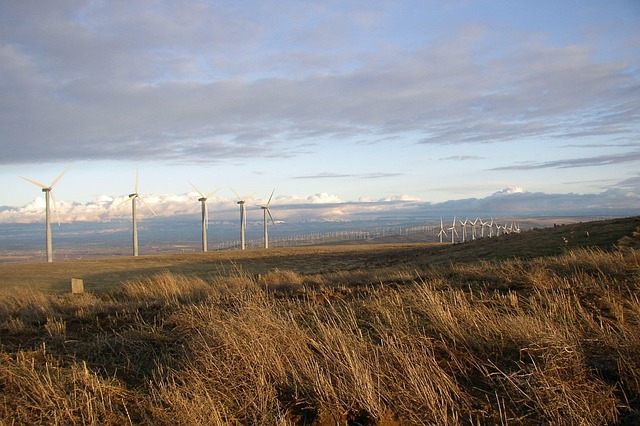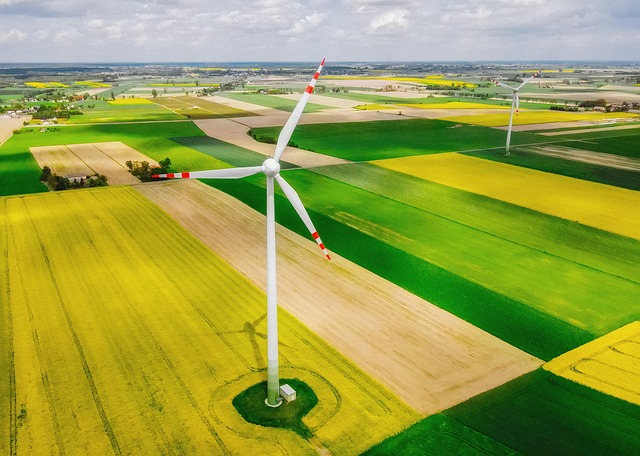
Clean Energy Myths Debunked: What You Need to Know
As the world shifts toward a more sustainable future, clean energy has taken center stage in discussions surrounding climate change, environmental responsibility, and economic viability. However, with the rapid adoption of clean technologies, misconceptions abound. This article aims to debunk common myths about clean energy and provide clarity on its role in a sustainable future.
Understanding Clean Energy
Clean energy refers to energy derived from renewable, zero-emission sources. This includes solar, wind, hydroelectric, and geothermal power. Unlike fossil fuels, clean energy sources contribute significantly less to pollution and greenhouse gas emissions, making them essential in combating climate change. Yet, despite its growing importance, several misconceptions cloud public understanding and hinder the transition to cleaner energy solutions.
Myth #1: Clean Energy is Too Expensive
One of the most pervasive myths is that clean energy is prohibitively expensive. This stems from the high initial costs associated with setting up renewable energy facilities and technology. However, costs have decreased significantly over the past decade. For instance, the price of solar photovoltaic (PV) systems has dropped by nearly 90% since 2010, and onshore wind power has decreased in cost by 70% during the same period.
Moreover, when considering long-term investment and operational costs, renewable energy is becoming increasingly competitive with fossil fuels. The International Renewable Energy Agency (IRENA) indicates that renewables can produce electricity at lower costs compared to fossil fuels in numerous regions worldwide. The decrease in costs is also continuing, as technological advancements and increased competition drive prices lower.
Myth #2: Clean Energy Can’t Meet Demand
Another common myth is that renewables alone cannot meet the energy demands of modern society. Critics often cite concerns regarding the reliability of wind and solar power due to their dependence on weather conditions. While it’s true that solar and wind power generation can be intermittent, a multi-faceted approach to energy generation enhances reliability.
Integrating a mix of renewable sources, such as wind, solar, and hydropower, can create a more resilient energy grid. Additionally, technological advancements in energy storage, such as batteries and pumped hydro storage, allow energy to be stored when production exceeds demand and used when generation falls short, thereby addressing reliability issues. Countries like Germany and Denmark are leading examples of how extensive renewable energy integration can effectively meet demand.
Myth #3: Clean Energy Requires Large Land Areas
Critics often argue that renewable energy sources, particularly wind and solar, require vast expanses of land that could be used for agriculture or natural habitats. While it is true that these renewable technologies do require significant space, many solutions to this issue exist.
For solar energy, installations can take place on rooftops, brownfields, and even floating on bodies of water. In densely populated areas, integrating solar panels into buildings is a growing trend that utilizes existing infrastructure without the need for additional land. Wind farms can also be located offshore, utilizing the vast sea for energy production without impacting land use. Furthermore, with proper planning and zoning, renewable energy installations can coexist with agriculture through agrivoltaics, which enables farming beneath solar panels.
Myth #4: Clean Energy is Not Reliable
Many assume that renewable energy lacks the reliability of fossil fuels, which can produce energy consistently. However, advancements in technology and grid management are bridging this reliability gap. Modern grids employ sophisticated forecasting methods and demand-response tactics that allow for better management of intermittent resources.
Moreover, a diverse energy portfolio that includes various renewable sources—coupled with natural gas as a backup—provides a more stable energy supply. Countries like California are already operationalizing such hybrid systems effectively, demonstrating that renewable sources can contribute reliably to the energy mix.
Myth #5: Electric Vehicles (EVs) Are Just as Polluting
The rise of electric vehicles has led to concerns regarding their environmental impact, especially concerning the emissions associated with electricity generation. While it’s true that EVs may be charged with electricity from fossil fuel sources, a comprehensive view illustrates the significant emissions reductions they offer when integrated with clean energy.
Studies show that the lifecycle emissions of EVs are generally much lower than gas or diesel vehicles. As the electricity grid transitions toward renewable energy, the emissions associated with EVs continue to decrease. Additionally, improvements in battery technology and recycling processes are diminishing the environmental impact of manufacturing and disposing of EV batteries.
Myth #6: Renewable Energy Is All About Solar and Wind
While solar and wind undoubtedly dominate the conversation about renewable energy, they are not the only players in the clean energy sector. Other sources, such as geothermal energy, biomass, and hydropower, play crucial roles in diversifying and supplying energy sustainably.
Geothermal energy, for example, taps into the Earth’s internal heat to generate power and is known for its reliability as a baseload power source. Biomass utilizes organic materials to generate energy, previously treated as waste, thus providing an opportunity to create a circular economy. Diversifying the sources of renewable energy helps create a more robust and resilient energy system.
Myth #7: The Transition to Clean Energy is Slow
Given the complexities of transitioning energy systems, some claim that the move toward clean energy is inherently slow and cumbersome. While transitioning to any new system presents challenges, the pace of this transformation is actually accelerating globally.
More countries are setting ambitious renewable energy targets, and investments in the clean energy sector are at an all-time high. The energy transition is happening; from the expansion of solar farms to the growth of the electric vehicle market, the momentum is undeniable. The transition pivots on innovative technologies, changing public attitudes, policy support, and increasing investment, propelling us towards a cleaner energy future.
Myth #8: Clean Energy Is Just a Passing Trend
Some skeptics view clean energy as a fleeting trend rather than a lasting change. However, the global shift toward renewables is driven by pressing environmental challenges and the need for energy security. As the impacts of climate change grow more apparent, governments, companies, and communities alike recognize the need for sustainable energy solutions.
The global clean energy market is expected to continue expanding as nations commit to net-zero emissions targets, making it clear that the shift to cleaner energy sources is not merely a trend, but a fundamental necessity for the future.
Conclusion
As myths about clean energy are debunked, it’s essential to recognize the critical role these renewable sources play in achieving a sustainable future. By understanding the facts, we can open the door to informed discussions, political support, technological innovation, and personal choices that contribute to the global clean energy transition. The journey toward a sustainable energy future requires collective effort and commitment. By embracing clean energy, we’re not only addressing climate change but are also paving the way toward a healthier planet and a more sustainable economy.
Ultimately, the misconceptions surrounding clean energy can deter progress. It’s vital for individuals, businesses, and governments to educate themselves on these issues and work towards solutions that promote a greener, healthier world. Let us foster an informed perspective, encouraging the growth and advancement of clean energy for generations to come.



